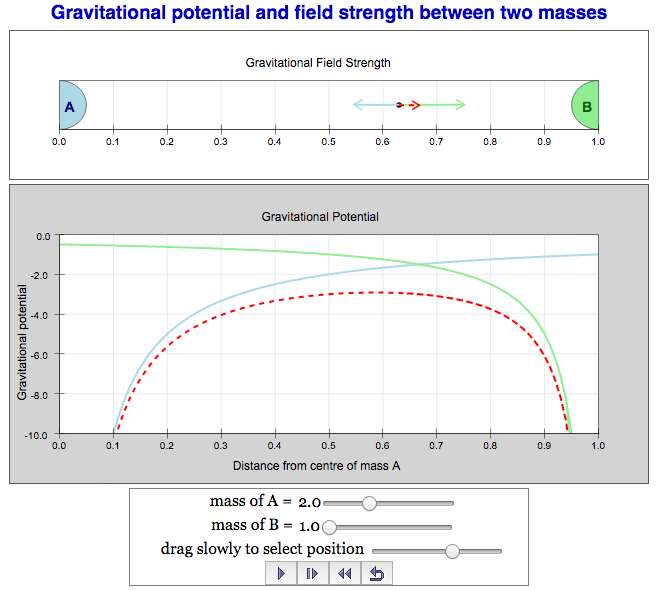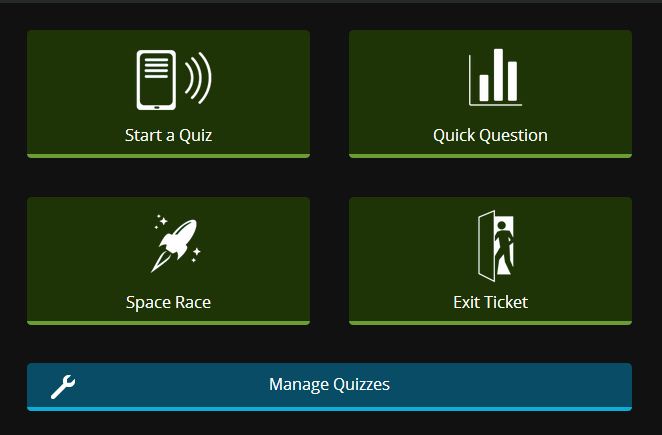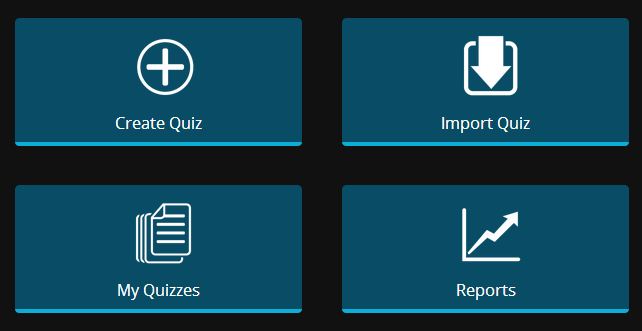Using the GeoGebra app above, I intend to demonstrate the relationship between total energy, kinetic energy and gravitational potential energy in a rocket trying to escape a planet’s gravitational field.
By changing the total energy of the rocket, you will increase the initial kinetic energy, thus allowing it to fly further from the surface of the planet. The furthest point to which the rocket can fly can be observed by moving the slider for “distance”. You will notice that the furthest point is where kinetic energy would have depleted.
Gravitational potential energy of an object is taken as zero at an infinite distance away from the source of the gravitational field. This means gravitational potential energy anywhere else takes on a negative value of $\dfrac{-GMm}{r}$. Therefore, the total energy of the object may be negative, even after taking into account its positive kinetic energy as total energy = kinetic energy + gravitational potential energy.
The minimum total energy needed for the rocket to leave the planet’s gravitational field is zero, as that will mean that the minimum initial kinetic energy will be equal to the increase in gravitational potential energy needed, according to the equation $\Delta U = 0 – (-\dfrac{GMm}{R_P})$, where $R_P$ is the radius of the planet.
Since $\dfrac{1}{2}mv^2 = \dfrac{GMm}{R_P}$, escape velocity, $v = \sqrt{\dfrac{2GM}{R_P}}$.




